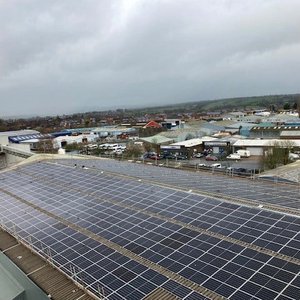Fishing for anchovy started late this year in the main producing area of Peru, and the supply of fish meal used as an ingredient in feed for farmed fish is unstable.
In the main producing area of Peru, catches were poor at the end of 2014 and no quota was allocated for the 2015 season. The poor catches are attributed to the El Niño phenomenon, which changes ocean currents and water temperature.
In Peru, the season for catching anchovy for fish meal is usually from April to July and from November to February. Trial fishing was conducted before the season, to determine the total allowable catch. Usually the quota is announced in April, but this year no announcement was made until well into June, so fishing is only getting started. As it is rare for the fishing the season to be extended into August or later, it is likely that the season will simply be shortened, resulting in a continued supply shortage.
The Peruvian anchovy is the world’s biggest fisheries catch, with harvests as high as 8.32 million metric tons in 2011. Sudden or late decisions on quotas reverberate throughout the feed and aquaculture complex, as the Peruvian product is the index price. According to Japan’s Fisheries Agency, feed makes up over 60 percent of the production costs of farmed fish.
Japanese feed companies are on the lookout for alternative sources of feed ingredients. Imports from Thailand were the largest in 15 years and will reach four times that of a decade ago.
Development of fish feeds containing less fishmeal is also advancing. Tokyo-based Euglena Company is developing fish-feed from the single-celled organism of the same name. The organism appears like algae on ponds, but is actually a member of the Protista Kingdom, having features of both plants and animals. That is, the organism can surround and absorb prey, or produce energy via photosynthesis.
Though reduced fish meal may work for some fish species, it is important in the fattening of eels and yellowtail. In particular, yellowtail accounts for half of fish meal based feed use.
Source: SeafoodSource / Read the full article










